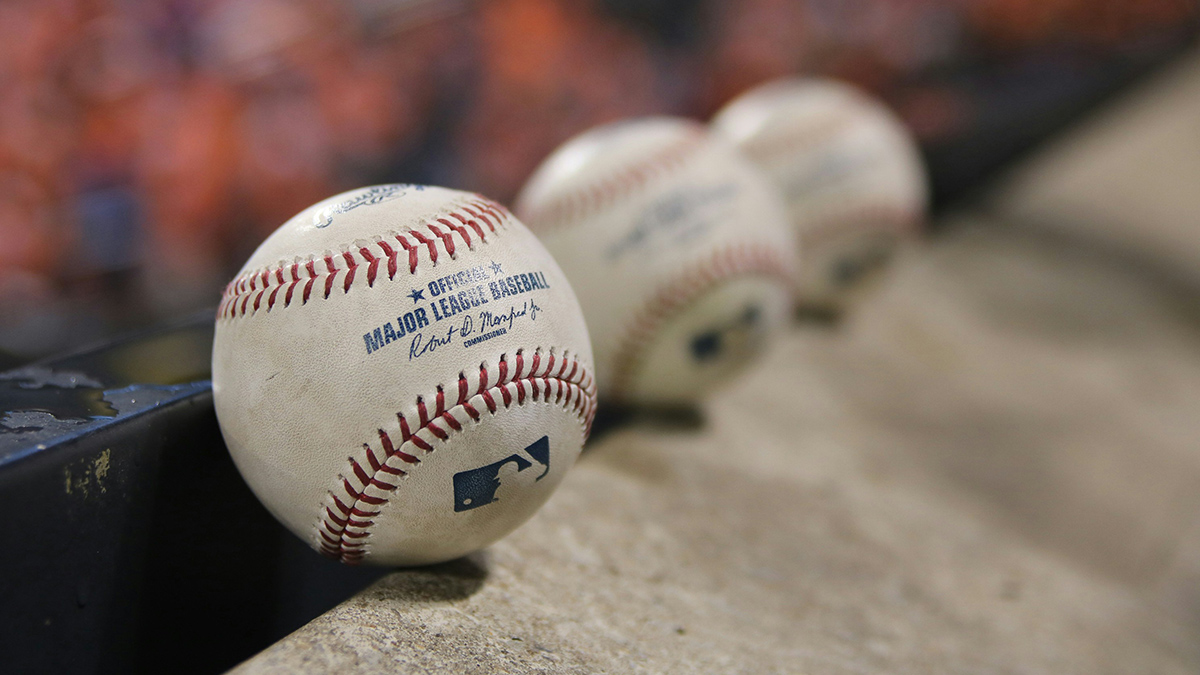Icicle-shaped features known as sand dikes form during ground shaking. New work reveals how these features can be used to date long-ago earthquakes.
quartz
Geoscientists Demystify Baseball’s Magic Mud
Taking baseball’s mysterious Rubbing Mud into the lab revealed no magic ingredients—but plenty of useful natural properties from geomaterials.
Earthquakes May Lace Quartz Veins with Gold
Seismic activity may kick off chemical reactions that seed nuggets of gold.
Quartz-Gobbling Worms Are Weathering Earth’s Soils
New research in mineral weathering shows that earthworms may be an important contributor to Earth’s weathering cycle.
Fire Histories May Be Written on Grains of Sand
Tiny bits of quartz record the intensity of fires from hundreds or even thousands of years ago, potentially offering new ways to study historic fires and how heat affects soil.
CO2 Reduces the Onset of Fracturing at the Nanoscale in Quartz
Large scale molecular dynamics simulations unravel the coupled processes at work during fracturing and flow of carbon dioxide and water in quartz grains at the nanoscale.
Unraveling the Mystery of a Rare Mineral on Mars
The discovery of tridymite in Mars’s Gale Crater triggered debate about the rare mineral’s origins. A research team recently suggested a scenario with explosive implications.
The Kinetics of the Seismic Cycle
Large earthquakes are necessarily punctuated by some degree of strength recovery, such as “fault healing”, but does quartz cementation during fluid-fault interactions facilitate that process?
State-of-the-Art Technology, Serendipity, and Secrets of Stonehenge
The first comprehensive analysis of what the sarsen stones are made of came about with new technology—and good old-fashioned luck.
Dusting Off the Arid Antiquity of the Sahara
New research on the geochemistry of Canary Islands paleosols shows that the Sahara has been an arid dust producer for at least 4.8 million years.










